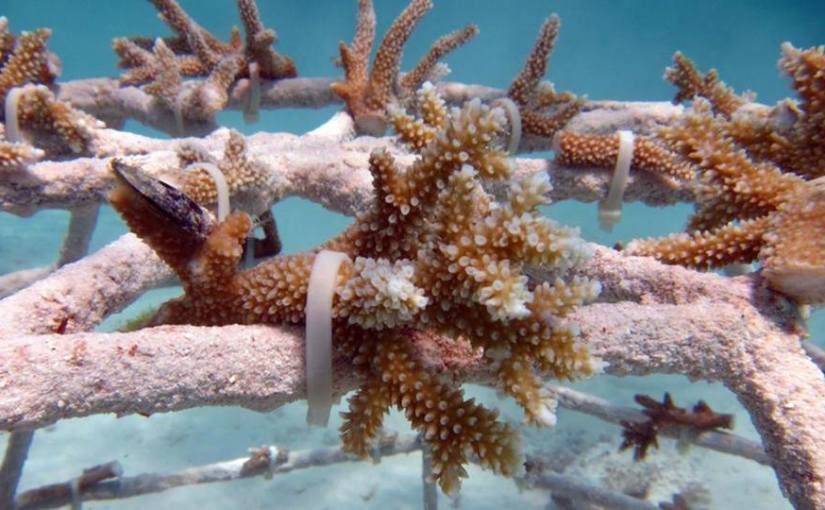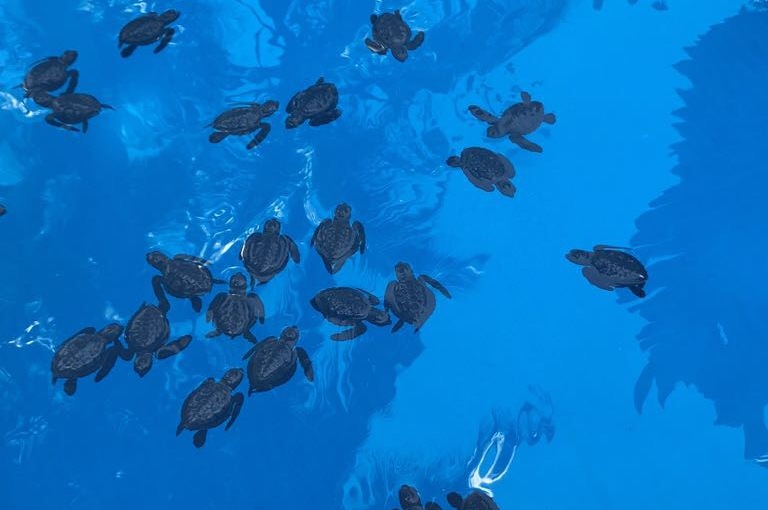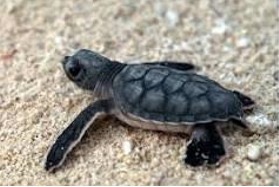A luxury island in the the Indian Ocean: Nika island resort & spa is located in the heart of Ari Atoll Biosphere. Along with Male and Baa, Ari is the most visited atoll in the country. It is the most famous atoll in the Maldives for the quality of the sea bed and for its variety of its underwater life. Experience Nika lifestyle in a turquoise lagoon of warm, crystal-clear water. Nika Island Resort & Spa activated a strategic collaboration with an expert biologist to preserve and instill awareness about the importance of the corals surrounding the beautiful Maldivian islands. Daily workshops, educational activities and biology classes will allow the entire community of Nika to understand the pivotal role that corals play in the local environment. With this important initiative, Nika Island Resort & Spa reconfirms its commitment toward the implementation and incorporation of a strong focus on environmental education and community involvement among the residing population and visitors of the island.
The new initiative, led by a resident biologist has important implications for the long-term survival of coral reefs not only at Nika but also in the entire country; in the Maldives corals have been in worldwide decline from multiple stressors such as climate change and ocean pollution.
“Our study and experience in the field showed that current restoration methods are very effective,” Nika’s coral biologist Matteo Caccavale: “healthy coral reefs are essential to our everyday life and successful coral restoration has been proven as a recovery tool for lost coastal resources.”
Thousands of corals are raised in laboratories and planted onto degraded reefs each year.




